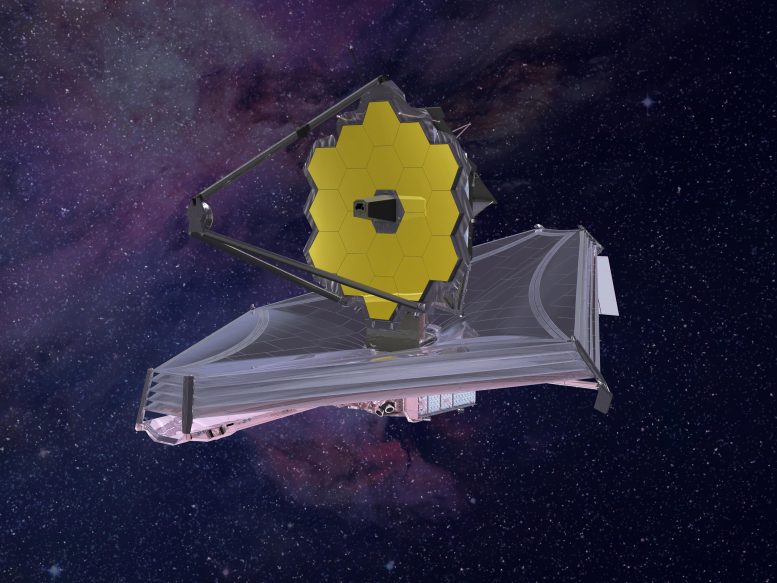
This illustration shows the cold side of the Webb telescope, where the mirrors and instruments are positioned. Credit: Northrop Grumman
While we have started the long process of aligning the telescope mirrors, almost all of the components on Webb’s cold side are still continuing to cool.
Webb’s giant sunshield keeps the telescope and cameras out of both direct sunlight and sunlight that is reflected from Earth and the Moon. Everything on the cold side of the sunshield is passively cooling, radiating heat into deep space. That will continue until the telescope and the three near-infrared (NIR) instruments reach a steady-state temperature, where the milliwatts of energy that get through the sunshield, plus heat generated by the instruments’ own electronics, exactly balances the loss of heat into space. We expect that the primary mirror will cool to below 50 kelvins (about -370 degrees Fahrenheit, or -223 degrees Celsius), and the NIR instruments will reach about 40 kelvins (about -388 degrees Fahrenheit, or -233 degrees Celsius).
Webb’s Mid-Infrared Instrument (MIRI) needs to be even colder. In addition to passive cooling, MIRI will be cooled by a closed-cycle gaseous-helium cryocooler, or refrigerator, down to a temperature below 7 kelvins (-447 degrees Fahrenheit, or -266 degrees Celsius). Unlike some previous cryogenic missions, which were cooled by boiling off liquid helium and venting it into space, MIRI’s cooler reuses its helium, just like the refrigerator in your kitchen continuously recycles its own coolant. The Webb team turned on the first stage of the MIRI cryocooler this week.
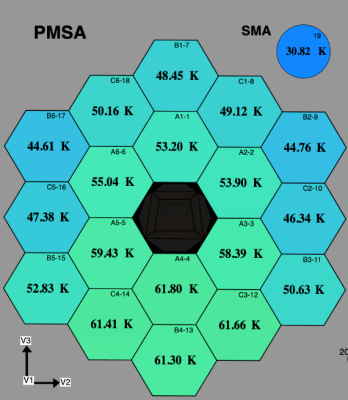
Primary Mirror Segment Assembly (PMSA) and Secondary Mirror Assembly (SMA) temperatures, as of Wednesday, February 9, 2022. Credit: NASA
In the several weeks since Webb’s sunshield was deployed, Webb’s mirrors have been cooling, but they aren’t at their final temperatures yet. There is a variation of temperatures across the different segments, and the segments closer to the sunshield and spacecraft bus are warmer. We expect that these mirror segments will all cool by another 10 kelvins or so, but their final temperatures will still have a spread of 15 to 20 kelvins. The secondary mirror, hanging out on the end of its “spider” support structure, is already very cold.
Meanwhile, the NIR instruments are also cooling. Early in the cooldown process, the Webb team used heaters to keep the instruments warmer than the cold-side structures, to prevent water ice from forming on the optical surfaces. But that is all done now, and the instruments and their detectors are cooling nicely. Their current temperatures are about 75 kelvins (-325 degrees Fahrenheit, or -198 degrees Celsius); they will continue to cool for a few more weeks before reaching their final operating temperature.
The cooling of an infrared telescope is a precise and critical process to ensure the success of the instrumentation and, ultimately, the amazing science. We have learned from and improved upon many years of infrared missions. Webb’s historian, Robert W. Smith, explains a bit more about how Webb builds on the legacy of previous infrared observatories:
“Pioneering investigators examined various astronomical objects in the infrared from the year 1800 on. Infrared astronomy, however, began to take off only in the 1960s. Given the limitations imposed by the atmosphere, researchers experimented with telescopes on balloons and rockets.
“Nevertheless, the grand prize was an infrared telescope in space not limited to the five or so minutes observing time of a rocket flight. Efforts in the U.S., the Netherlands, and the United Kingdom led to the Infrared Astronomy Satellite (IRAS). Launched in 1983, IRAS surveyed the skies at a range of wavelengths and, during its ten-month lifetime, identified 350,000 infrared sources. The Infrared Space Observatory (ISO) followed IRAS in 1995. It became the first infrared space telescope to exploit arrays of detectors of the sort that had begun to revolutionize ground-based infrared astronomy in the years around 1990.
“Critical for the future of infrared space telescopes was the radical shift to radiative or passive cooling. The mirrors of infrared telescopes emit infrared radiation, and to observe the infrared signals emitted by astronomical sources, many of which are exceedingly faint, the mirrors need to be kept very cold. Both IRAS and ISO had kept their telescopes cold by placing them inside a Dewar filled with liquid helium. But adopting this approach seriously limited the size of the telescope that could fly. Tim Hawarden of the Royal Observatory, Edinburgh, began in the early 1980s to explore the idea of doing away with the Dewar. Instead, a telescope would be launched warm and cooled by radiating heat away to space.
“The first infrared space telescope to use passive cooling was NASA’s Spitzer Space Telescope, launched in 2003 into an Earth-trailing orbit. The primary mirror cooled passively to about 34 kelvins before liquid helium was used to get the observatory to less than 6 kelvins. The Herschel Space Observatory, an ESA (European Space Agency) project, had a passively cooled primary mirror (to 80 kelvins) with liquid helium cooled instruments. Herschel operated from 2009 to 2013 and orbited around the L2 Lagrange point, similar to Webb. Herschel’s 3.5-meter diameter mirror made it the largest infrared telescope before Webb.
“In 1989, at a workshop at the Space Telescope Science Institute, astronomers explored ideas for the ‘Next-Generation U-V-Visible-IR Telescope’ to succeed Hubble. These discussions led to the suggestion of an infrared optimized telescope, the ‘Next Generation Space Telescope,’ the vision of which was realized in the world’s largest and most powerful infrared observatory: Webb.”
— Robert W. Smith, professor of history, University of Alberta
Written by Jonathan Gardner, Webb deputy senior project scientist, NASA’s Goddard Space Flight Center, and Alexandra Lockwood, project scientist for Webb science communications, Space Telescope Science Institute.

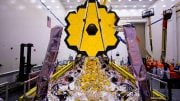
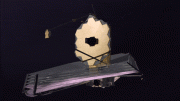
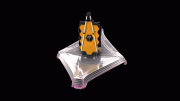
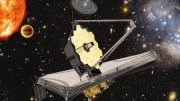
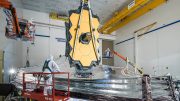
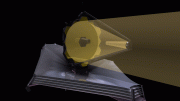
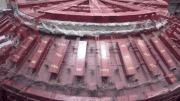
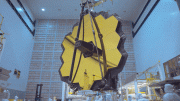
The cooling process, thank you for all the data, facts, in this article. Lovely to know exactly what’s going on on The James Webb Space Telescope right now! Thank you so much 💫